
How To Use Clothes Steamer – A Guide to Steaming Clothes
It is possible to get rid of wrinkles using garment steamers. In this post, we will give you a bunch of tips on how to use a garment steamer and remove creases with ease from top to bottom.
The fabric steamer, often known as the cloth steamer, is an excellent tool for removing creases from clothing. There is a system for boiling water to create steam so that steam can be administered to clothing with the assistance of valves to remove creases by softening the fibers of the clothing.
Its utilization differs from that of an iron. If you feel uncertain about using the cloth steamer, you must know how to utilize the cloth steamer instead of an iron.
It is vital to understand the materials that will be heated with that cloth steamer and select the appropriate heat level for the kind of cloth you will be steaming.
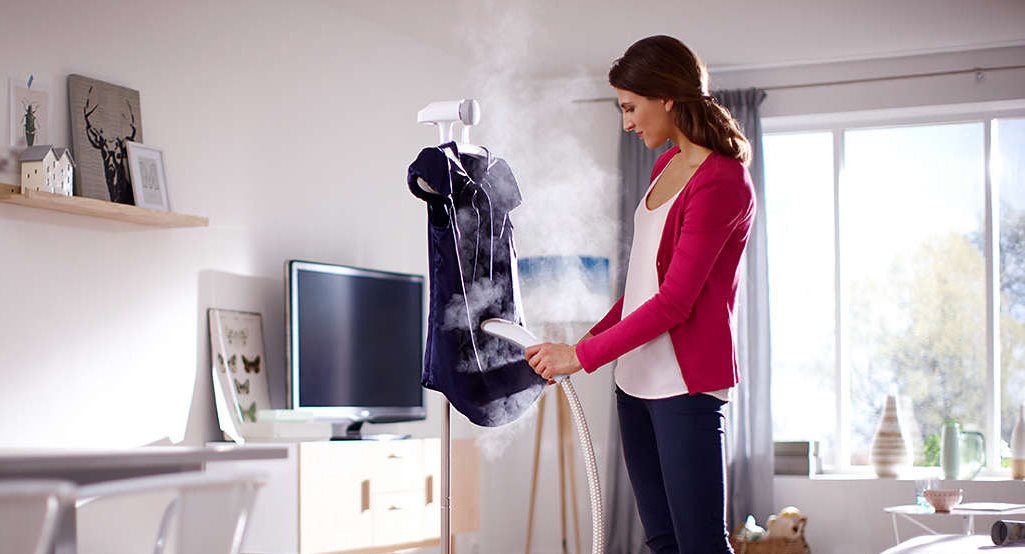
Cloth steamers give an unwrinkled appearance to the clothes. Steamers can be utilized for a wider range of materials than irons, damaging expensive fabrics such as silk. Because steamers indirectly utilize steam compared to iron, they are less prone to harm the fibers in the clothes.
Set up the steamer for usage
First and foremost, carefully follow the company’s instructions for using the clothes steamer. Unless the cloth steamer includes an inbuilt mechanism for purifying water from the tap, use filtered water in the clothes steamer.
It is necessary to utilize filtered water to preserve the cloth steamer in good working order and minimize calcium buildup blocking up the cloth steamer, which might lead to water splashing or white stains on the clothes.

Load the water reservoir of the cloth steamer. Once you are done with steaming clothes, it is the best habit to drain the water compartment, therefore while adding water to the water reservoir, estimate how many clothes you would be steaming.
Remember, never overload the container. While powering on the clothes steamer, make sure the water reservoir lid is securely closed.
The time taken to warm up and begin producing steam is determined by the clothes steamer’s capacity and the quantity of water filled in the reservoir. Select the best suitable steam level for the cloth when the clothes steamer offers various steam levels.
Hang the Clothes
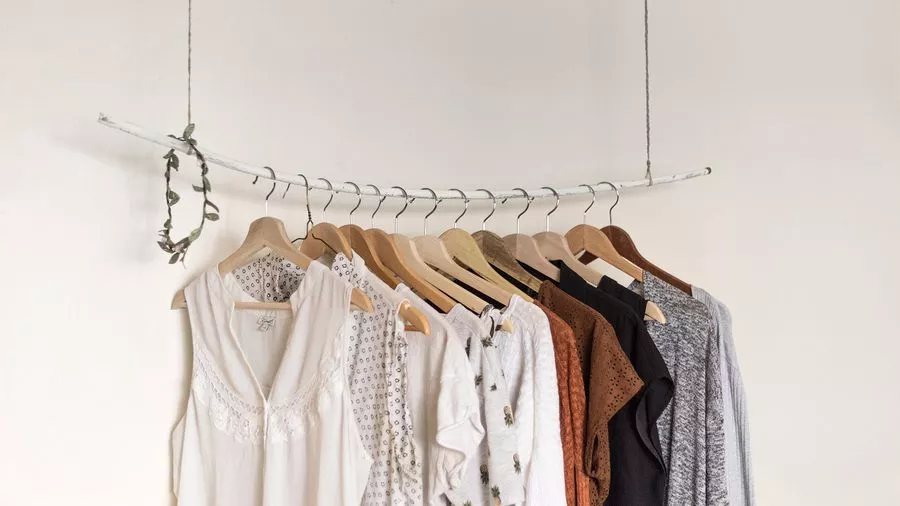
Steaming the garment while it is hung on the cloth hanger is considerably more convenient. Usually, full-size vertical steamers for residential or business use include a ring for hanging a jacket hanger or even a garment hanger connected with hooks for jeans, skirts, or pants.
If you’re utilizing a portable steamer, place the garment on the cloth hanger. A door hook is excellent for hanging the cloth hanger, as well as the door can also serve as nice support for hanging. You may even hang the garments on the backrest of the chair, according to the length of the cloth.
Using Downward Movement to Steam

Steam the cloth with downward movement beginning from the highest point of the cloth and working the way down. To eliminate the creases, you would not be required to apply pressure on the clothing.
Wrinkles would get removed easily with downward movements. Gentle downward movements should be used to remove wrinkles from the upper end of the cloth to the down.
There are various methods for getting better outcomes while moving a steamer downwards.
Making Use of a Portable Pad
You may use a portable pad for your other hand that you’re gripping your steamer with. Placing the pad beneath the cloth while steaming can assist you in removing creases from thick materials.
Inside Steam
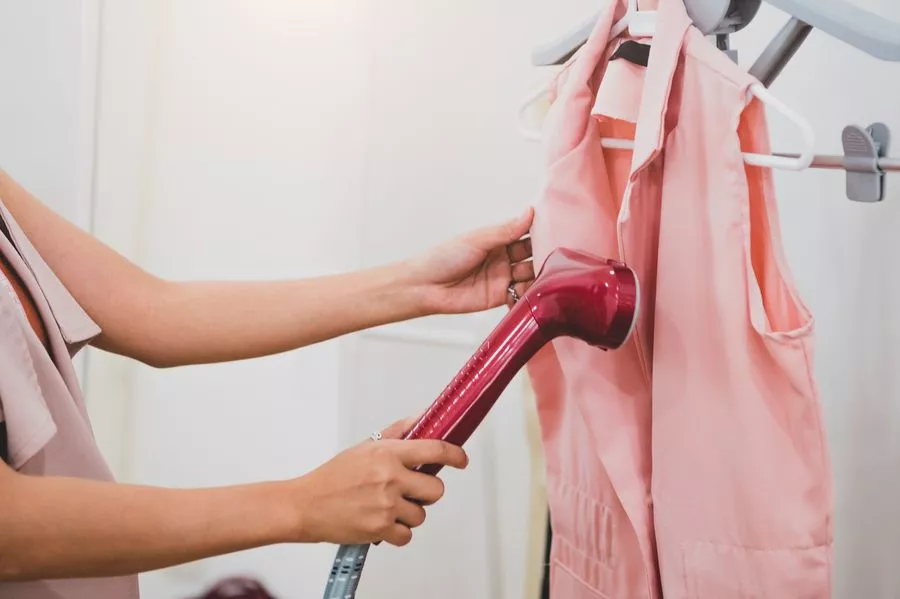
If you want to get rid of wrinkles completely, consider steaming on the inner side or under the clothing. This is especially beneficial for long dresses and thicker clothes. The heaviness of the material used here might improve the effectiveness of the clothes steamer.
When steaming on the inner side of the cloth, it is essential to keep your hands safe. If you adopt this approach, it is strongly advised you utilize heatproof safety gloves when steaming.
Pleats and Accessories
When there are decorations on the cloth, keep the steamer 3-4 centimeters far from those. Pull the cloth from the lower end and keep the pleats erect during the pleating in clothes. For holding a pleat in place, move the steamer across it.
Steamer’s Tip Making Contact with the Clothing
It would be fine to allow the tip of the steamer to come into contact with the fabrics of the clothing. The nearer you keep the steamer’s nozzle to the garment, the greater the outcome.
Any cloth that has been cleansed using water could benefit from the application of steam. Materials like leather and velvet should not be steamed. Your clothes might be irreparably ruined as a result of this.
Support for Sleeves and Collars
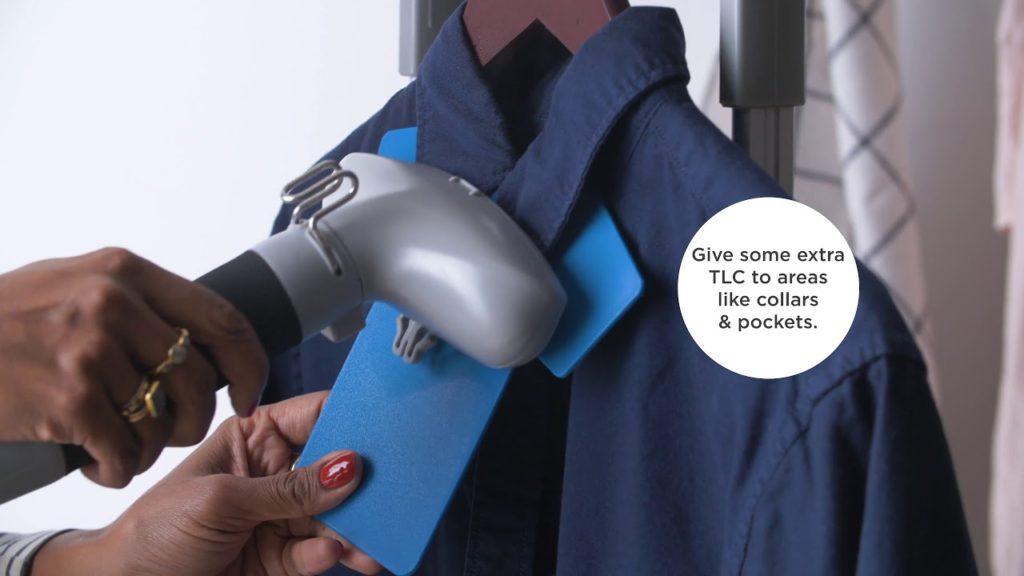
Steaming collars and sleeves are usually done using the steaming pad providing support below a collar or sleeve. Many steamers additionally include attachments for steaming collars, cuffs, and sleeves. Such useful accessories make steaming much simple.
For heavier clothing, utilize a Brush.
A cloth brush is an additional accessory that many steamers provide. The concept is that when you drag a brush on a cloth, it focuses the steam on eliminating lint from the clothes. A cloth brush is ideal when used on heavier materials like coats, sweaters, jackets, and trousers, as well as textiles that are prone to pilling. Avoid using the cloth brush on gentle materials like velvet, satin, or silk because it might cause the fabric to tear.
Ways to Steam Precious Materials and Embroidered
If you feel concerned regarding creases in sensitive materials and needlework, simply push the plates or nozzle of the steamer on the garments to eliminate the creases. It is the most effective method for getting rid of creases in the needlework. Like always, start using the least level of steam.
Is it Possible to Apply Steam on Every Cloth?
Steaming is not recommended for materials like suede, leather, and vinyl. These materials would be irreversibly damaged by steam.
Post Steaming

Allow the steamer to completely cool down before removing the water container to drain the water. If your steamer is heated, you must not remove the water container. Steam might erupt, resulting in severe burns.
Many steamers include faucets on the base of the reservoir that allow you to remove the water. It is a novel concept and a smarter technique of emptying water from the clothes steamer. After usage, empty and dispose of all of the water in the steamer.
When the steamer’s water reservoir gets disconnected, turn it inverted to drain entirely. Water remaining inside the steamer might lead to deposits in the container of the steamer. This can also cause your steamer to emit an unpleasant odor when steaming.
About Me

Hey there, friend! I’m Delaney, the girl behind BestSteamerGuide.com, a blog solely forced on wrinkle free clothing.
I’m so thrilled you stopped by!
Apart from this, I enjoy working to create a beautiful and thriving home, life, as well as helping others do the same.
Recent Posts
- Best Steamer for Curtains and Drapes [2022 Update]

- Rowenta Garment Steamer Reviews

- Best Commercial Fabric Steamers of 2022
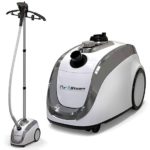
- Why you should NEVER use tap water in your steamer

- My Garment Steamer Is Not Working- How Do I fix It?

- How To Clean Rowenta Steamers?

- How To Clean A Clothes Steamer?
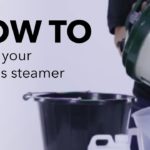
- Does Steaming Clean Clothes?

- Can Clothes Steamers Kill Bed Bugs?
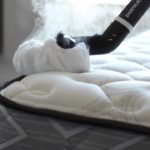
- How to use a Clothes Steamer

Affiliate Disclosure
www.beststeamerguide.com is a participant in the Amazon Services LLC Associates Program, an affiliate advertising program designed to provide a means for sites to earn advertising fees by advertising and linking to amazon.com

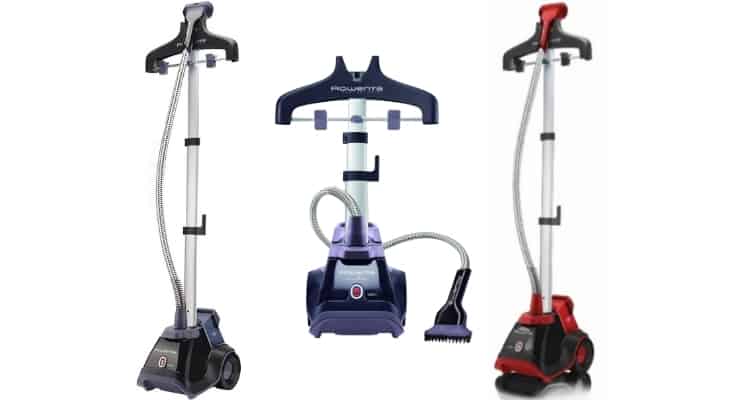

Thanks for this guide, I bought a clothes steamer and had no idea how to use it, after reading your guide, now it is working great…!!!
Glad you liked it..
You make perfect sense and I am embarrassed. I was spitting water all over my clothes and tap water at that. Thanks for teaching me how to stream my clothes.
Glad my content is helping…